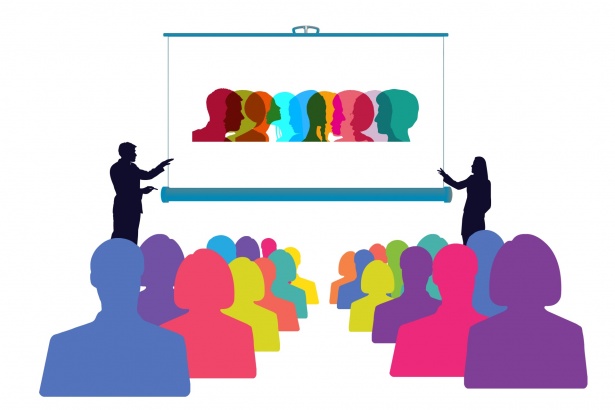Cognitive diversity to drive problem-solving and decision-making
September 18, 2023
Cognitive diversity ensures a breadth of thinking styles in an organization to generate alternative approaches and actions, encouraging testing against devil’s advocate alternatives.
As Dee Tamlin wrote for Legal Futures, at a time when teams are faced with complex business challenges, “having one frame of reference isn’t conducive to providing a variety of innovative business solutions.” It is vital that instead an organization incorporates a combination of thinking styles within a team, where each individual can bring unique insight, perspective and opinion.
As Anne E. Collier writes for Thomson Reuters, understanding cognitive styles allows leaders to maximize team creativity.
Using techniques like showing appreciation, compartmentalizing problems, swapping team members on projects and addressing concerns with curiosity, she explains how leaders can enhance inclusion and diversity in their teams.
This is hugely important for organizations to be adaptive the array of problems they may face. As Thread Innovation co-founder Michaeljon AlexanderScott writes for Little Black Book, boardrooms all over the world are faced with problems that don’t have a ‘playbook’. Navigating the sea of challenges organizations can face requires innovation, often to do something that hasn’t been done before and sometimes to take a risk.
Therefore, as AlexanderScott explains, because clients have to navigate increasingly complex problems, cognitive diversity is essential rather than a pleasantry, and fosters more coherent approaches to overcoming challenges.
It has also been found that teams with higher cognitive diversity spot 30 per cent more risks and challenges, as Jullet Bourke notes for Deloitte Insights. This is because a complex problem typically requires input from six different mental frameworks, such as evidence, options, outcomes, people, process and risk.
Promoting diversity in this way also encourages confidence and inspiration among team members, making them feel respected and valued. Helping team members feel valued offers a psychologically safe environment where members will be more likely to contribute their ideas. Without psychological safety, there isn’t the appropriate space for team members to confidently think differently and have their views heard. This also requires teams to have the capacity to be open to the varying views of others, and respond positively to them.
Dr. Gary Klein discussed this further for Psychology Today where he outlined the major dimensions of cognitive diversity. He expressed the importance of ensuring harmony between critical thinking and proposing unfamiliar concepts. For an equilibrium to be found between thinking styles, teams have to be spaces where every team member can be heard and given a role. A cognitively diverse team therefore goes hand in hand with a psychologically safe workspace with team members who adopt a growth mindset.
Therefore, cognitive diversity is widely recognized as a crucial component that allows organizations to enhance their creativity and problem-solving, so that, in turn, their productivity improves and they remain competitive.

